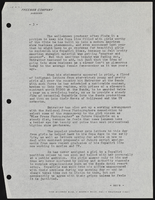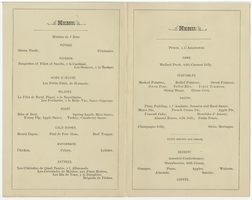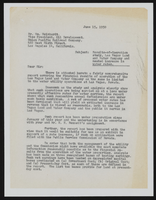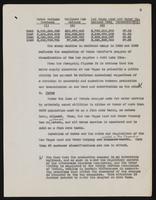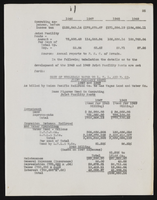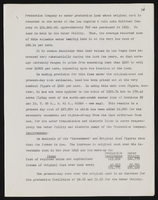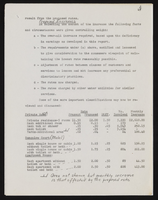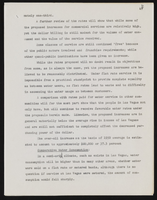Search the Special Collections and Archives Portal
Search Results
Gutiérrez, José Luis, 1941-
José Luis Gutiérrez is a self-made entrepreneur and icon in Las Vegas, Nevada, who immigrated at a young age from his hometown in Guadalajara, Jalisco, Mexico. José’s childhood memories are filled with nostalgic and loving stories from being raised by his grandmother to working at his uncle’s mechanic shop from a young age. José remembers his childhood as a tough one since he had to start working early in life and did not get to finish high school even, but he relates how his mother always motivated him to do big things in life.
Person

Photograph of Heidi Hamilton, Mark Morgan, and Eileen Price-Kim rehearsing the ballet "Songs of Farewell," Nevada Dance Theatre, Las Vegas, Nevada, 1970s
Date
1970 to 1979
Archival Collection
Description
Heidi Hamilton, Mark Morgan and Eileen Price-Kim, of the Nevada Dance Theatre, rehearsing Vassili Sulich's ballet "Songs of Farewell," which was set to the music of Richard Strauss's "Four Last Songs."
Show Name: Songs of farewell (ballet)
Show Name: Songs of farewell (ballet)
Image
Pagination
Refine my results
Content Type
Creator or Contributor
Subject
Archival Collection
Digital Project
Resource Type
Year
Material Type
Place
Language
Records Classification

